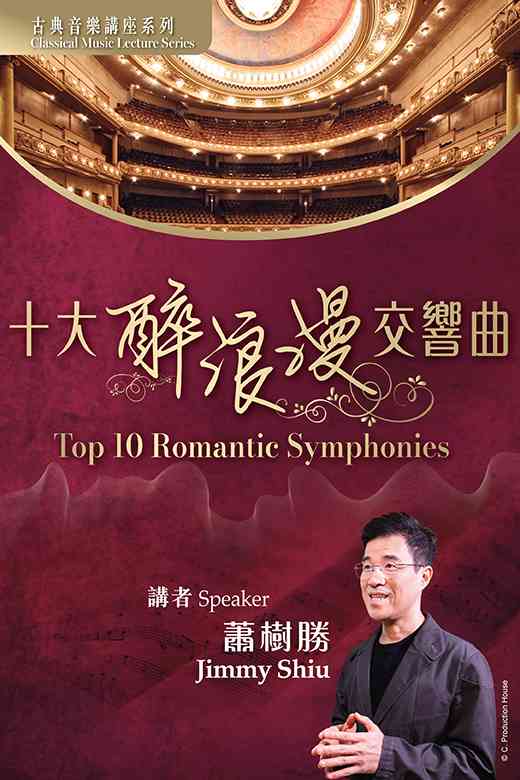This page has been idle for a while. To make sure you don’t miss out on the latest content, please reload the page.Refresh
Refresh
This page has been idle for a while. To make sure you don’t miss out on the latest content, please reload the page.Refresh
Refresh




The Romantic ethos redefined a majority of symphonies composed in the 19th century. No longer purely instrumental and no longer in three to four movements, symphonies grew in length and instrumentation. Romanticism’s ideals of freedom, personal expression, and connection to extra-musical themes found boundless avenues for development within this genre. At the same time, each new symphony was expected to break new ground, which explains why composers of the Romantic Period often had a small oeuvre, and typically of single-digit numbers.
This lecture series begins with a brief overview of the history of the symphony. We will select ten representative works to trace the development of the Romantic symphony and examine the creative intentions of individual composers, so as to better engage with these masterpieces.
Lecture 1: 13 Nov 2025 (Thu)
Past and Future
Schubert: Symphony No. 8 in B minor, “Unfinished”
Berlioz: Symphonie fantastique
Lecture 2: 20 Nov 2025 (Thu)
German Tradition
Mendelssohn: Symphony No. 4 in A, “Italian”
Schumann: Symphony No. 3 in E-flat, “Rhenish”
Brahms: Symphony No. 1 in C minor
Lecture 3: 27 Nov 2025 (Thu)
Two Giants
Bruckner: Symphony No. 7 in E
Mahler: Symphony No. 2 in C minor
Lecture 4: 4 Dec 2025 (Thu)
Slavonic Sound
Dvořák: Symphony No. 8 in G
Tchaikovsky: Symphony No. 6 in B minor, “Pathétique”
Lecture 5: 11 Dec 2025 (Thu)
Romance of the Twentieth Century
Sibelius: Symphony No. 2 in D minor
Rachmaninov: Symphony No. 2 in E minor